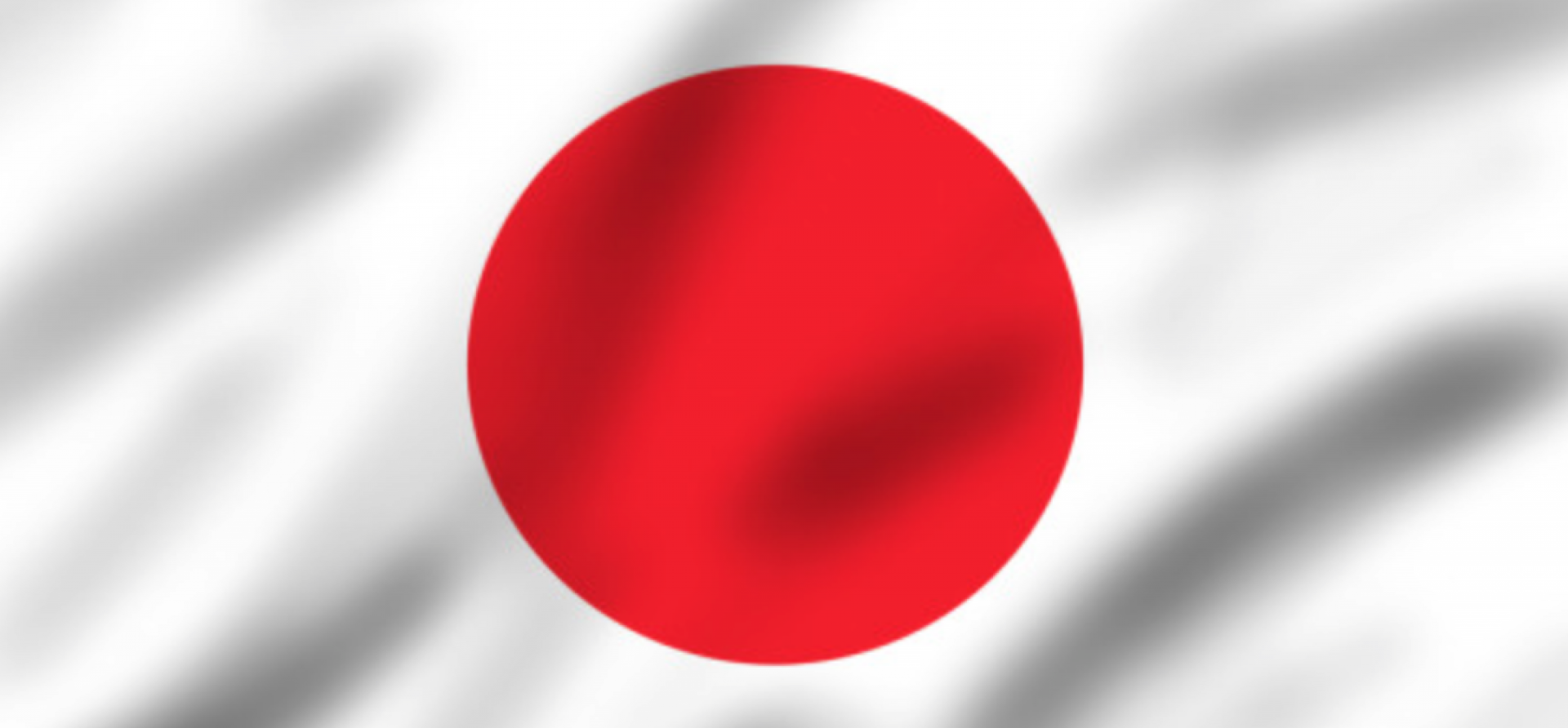As Japan’s Electricity Sector Evolves, Signs Its Coal Dependency Will Wane

Japan’s power-sector transformation continues, with energy-efficiency advances and weak economic growth resulting in a 2.7 percent decline in electricity demand over 2015.
It’s the fifth consecutive annual decline as the country’s electricity market evolves in the lingering wake of the Fukushima nuclear disaster. Japan continues to invest almost US$20 billion annually in new solar developments that are bringing 8 gigawatts of solar-powered electricity online per year. Meantime, a gradual nuclear facility restart is under way, and oil and liquid natural gas (LNG) is cheap.
These factors together mean less market share for thermal power generation and signal an almost inevitable decline in thermal coal imports and coal-fired power generation over the balance of this decade.
Japanese electricity demand was 806 terawatt hours (TWh) in 2015, down from 906 TWH in FY2010/11 at 906TWh and having declined at a compound rate of 2.3 percent—this despite annual GDP growth of 0.6 percent annually over this period (translating to a 3 percent annual improvement in electricity productivity). Electricity efficiency continues to grow as technology grows and because the more than 20 percent increase in the price of electricity since 2010 has driven consumers to conserve. This decoupling of economic growth from electricity demand mirrors trends established in China, Australia, Germany and the U.S. over the past five years.
On Japan’s nuclear-energy front, Kansai Electric Power Co. this month fired up the third Japanese nuclear reactor to clear post-Fukushima safety rules and overcome court challenges. The country’s 40 other operable reactors remain shut, however, so Japanese nuclear power operated at an average capacity utilization rate of only 4.5 percent of potential. Nuclear power generated 1.4TWh in December 2015, or 2.2 percent of Japan’s total generation. If all of the country’s nuclear reactors restarted, nuclear could return to supplying 30 percent of Japan’s total electricity.
On the solar front, Japan was one of the three largest solar installation markets globally in 2015, with installs estimated to have reached 8 gigawatts (China was No. 1 with 15 gigawatts of installs last year, and the U.S. is estimated to have installed 7.5 gigawatts). Total Japanese solar installations are estimated to have reached nearly 30 gigawatts at the end 2015, on track to exceed 50 gigawatts by 2020. Even with relatively low solar irradiation, Japan is estimated to have generated 30TWh of solar power over 2015, or 3.7 percent of Japan’s total electricity generation. And even with a slowing solar installation rate, IEEFA see Japanese solar generating 40TWh of Japan’s electricity, a 4.8 percent market share and a gain over 4.2 annualy in the five years since Fukushima. Further growth is likely: the Japan Photovoltaic Energy Association last April published a strategy document outlining how the country can reach 100 gigawatts of installed photovoltaic generation capacity by 2030.
One worrying trend for Japanese power utilities: total electricity demand declined 8.7 year over year this January. This is a notable number, even allowing for monthly variability, since it is more than double the rate of decline evident over 2015.
The Australian government’s Office of the Chief Economist estimates that Japanese thermal coal use declined marginally over 2015, despite a reported increase in coal imports to 145 million metric tons as utilities increased inventories while coal prices hit decade lows. Barring a significant and sustained recovery in oil and LNG prices, IEEFA sees a decline in thermal coal demand in Japan of 3 percent annually until 2020. This is likely even in the face of already record low U.S.-dollar thermal coal prices, which are forecast to decline a further 10-20 percent by 2022 to US$42/metric ton.
Japan today has a record 47 coal-fired power plants on the drawing board as it plans to bring 22.5 gigawatts of new capacity online during the next decade. Given the likely increased market share of both solar and nuclear over the next five years, and the declining electricity-demand profile, IEEFA sees a significant number of closures of dated coal-fired plants and/or a decline in average thermal power plant utilization rates. These fundamentals will undermine the commercial rate of return on the 47 proposed new plants.
IEEFA NOTES ALSO THAT SUCH AN OUTCOME WOULD BE SIMILAR TO WHAT’S HAPPENING NOW IN CHINA, WHERE THE AVERAGE COAL-FIRED POWER PLANT UTILIZATION RATE HAS DECLINED from just over 60 percent in 2011 to a record low 49.4 percent in 2015. Similarly, in India, the prolonged annual addition of 15 gigawatts of new coal-fired power plants has been met with significantly weaker than forecast electricity demand growth. The result: India’s coal-fired power sector utilization rate has fallen from 75 percent in 2011 to an estimated 61 average rate in 2015 (with IEEFA seeing that number dropping to a record low average of only 57 percent in 2016).
While Japan was one of the very few large energy markets reporting thermal coal import growth last year, it’s a trend that will probably not last. Indeed, 2015 will mostly likely stand as a peak year for Japanese thermal coal imports. We see a 2-3 percent annual decline over the remainder of this decade as electricity demand continues to decline and as solar and nuclear gain market share.
Tim Buckley is IEEFA’s director of energy finance studies, Australasia.
















